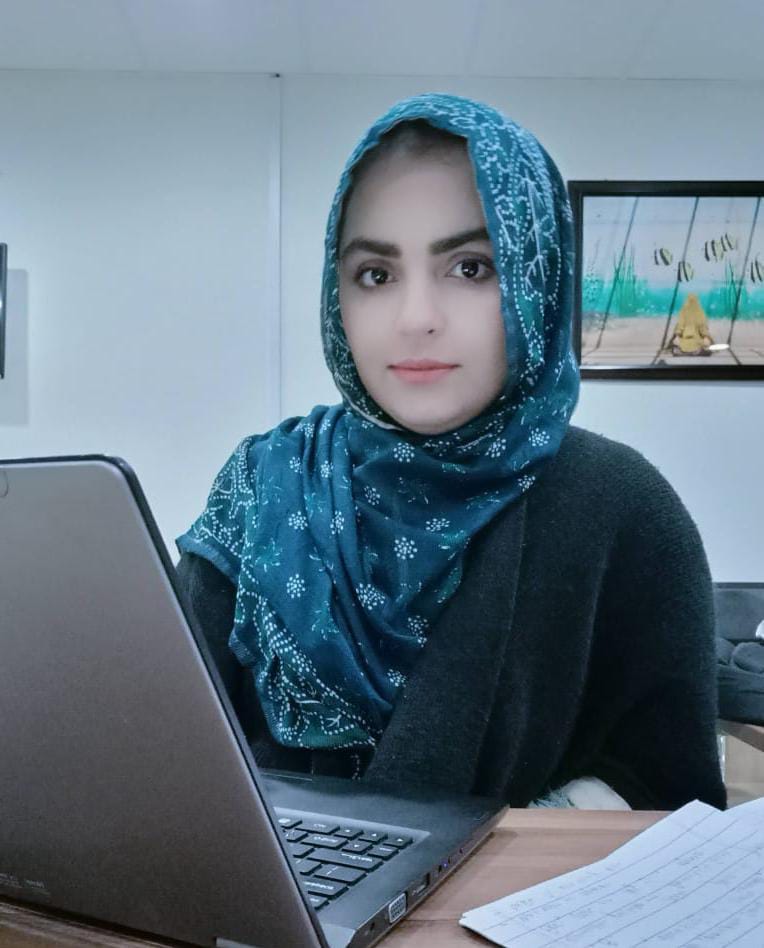The concept of social mobility, defined as the movement between different social groups and the associated advantages and disadvantages in terms of income, employment security, and opportunities for advancement, underscores the challenges faced by Afghan refugee women in Qadriabad, Quetta (Aldridge, April 2001). In South Asian societies, the social mobility of women is intricately linked to occupational and economic statuses. This results in literate and economically independent females in Pakistan experiencing flat careers and downward social mobility compared to their male counterparts (L. Miller, December 1993). In contrast, males’ social mobility is less dependent on occupational and economic statuses, as well as social-cultural and religious stereotypes. Unfortunately, immigrants and refugees, particularly females, often suffer from enduring downward social mobility, impacting not only their lives but potentially passing on to future generations, especially daughters and granddaughters (Salcido, December 2002).
Afghan refugee women in urban peripheries and rural areas of Balochistan find themselves confined within the confines of their homes, their migration miseries exacerbated by poverty, unsanitary surroundings, and cultural restraints. These restrictions lead to severe mental and physical illnesses. Qadriabad, an urban periphery and slum area of Quetta populated by Afghan refugees for the past 35 to 40 years, remains distant from the city’s urban centers and vital facilities. Owned by local Baloch landlords, the land rents vary from 500-5000 based on plot size. The residents face deprivation of education, health services, and basic necessities, compounded by low literacy and income levels. Lack of electricity, gas, and water facilities, along with unhygienic surroundings, contributes to the residents’ physical and mental health issues. The absence of proper drainage systems and damaged houses made of mud, worsened by recent floods, adds to the challenges. Despite being rich in natural resources, Balochistan’s underdevelopment extends to far-flung areas, depriving Afghan refugees of basic infrastructure and social development. Qadriabad, in particular, has seen neglect from provincial and federal governments, lacking schools except for NGO-funded container schools. The sustainability of these container schools relies on NGO funding, further limiting access to socio-economic opportunities for Afghan refugees, particularly women.
Structural and systematic constraints, alongside patriarchal and cultural-religious restraints, play a significant role in limiting women’s mobility and access to socio-economic opportunities in South Asia (L. Miller, December 1993). The historical focus on male mobility experiences further exacerbates the exclusion of females from investigations, contributing to inequalities and social class positions in androcentric South-Asian societies. Despite theoretical equality, women at any occupational level in Pakistan face lower incomes, less autonomy, authority, and control, leading to downward intergenerational social mobility and flat careers (Adeel, May 2016). The resulting decline in personal autonomy, control, and self-respect further predisposes Afghan refugee women to physical and mental illnesses and intra-family violence.
In both rural and urban Balochistan, Afghan refugees, particularly women, face limited access to education, healthcare services, and justice. While male refugees often graduate from an inadequate Afghan curriculum, female refugees are constrained by various factors from pursuing education. Qadriabad, with its predominantly Pashtun, Mughal, Arab, and Pashtun-Baloch population, witnesses’ low incomes, with children often contributing to family earnings through garbage collection. The socio-economic, cultural, and patriarchal setup inhibits women’s education, contributing to high levels of illiteracy. These constraints have kept refugee women backward and illiterate for decades, limiting their mobility to avoid unknown men. Even within households, adult females face restrictions, interacting only with close male relatives. This systematic limitation on women’s mobility has perpetuated physical and psychological diseases, with consequences passed down to subsequent generations of female refugees. The social development and deteriorating conditions of refugees in Balochistan and Pakistan have been overlooked by the respective governments. The sustainability of NGOs’ efforts in addressing refugee issues is contingent on funding availability. Afghan refugees face exclusion due to their legal status and social exclusivity within society, particularly concerning gender equality. Vulnerabilities stem from systematic social-political, religious, and structural-patriarchal constraints that must be addressed for the progress and development of Afghan refugees and society at large.
“A society can never be free without women’s liberation” Abdullah Ocalan
Bibliography
Adeel, M. (May 2016). Gender inequality in mobility and mode choice in Pakistan. The London School of Economics and Political Sciences, 6.
Aldridge, S. (April 2001). SOCIAL MOBILITY A DISCUSSION PAPER. Admiralty Arch (p. 2). London: Admiralty Arch.
L.Miller, B. C. (December 1993). The Silenced Voice: Female Social Mobility Patterns with particular Reference to British Isles. London School of Economics and Political Sciences, 657.
Salcido, C. M. (December 2002). Imigrant Women and Domestic Violence: Common Experiences in Different Countries . SAGE Publications, Inc., 904.
Wadood, A. (1999). Quran and Woman: Reading the Sacred Text from a Woman’s perspective. New York: Oxford University Press.

